
By Jared Hottenstein
The movie Star Wars relied greatly on a mystical ability called “the Force.” You can’t see it. It’s an invisible energy that interacts with everything around it. A little green guy named Yoda uses this mystical “Force” to move objects around. Intriguing, sure, but it’s just Hollywood special effects. However, thanks to science—and Sir Isaac Newton—we know that force is a real thing in our world. In fact, we use it every day. (And we don’t even need to summon Yoda!)
Force and Motion – Desktop Style
You may have noticed that sensory toys are trending in schools these days. My students’ desks are filled with them. They insist they help manage stress and anxiety. I look at these gadgets through a different lens: as potential science lessons.
Why not use sensory toys to bring the science of force and motion into the classroom? Set one day aside each week to explore the forces at work in your students’ fidget toys. Call it “Fidget Friday,” for instance. Who wouldn’t love that? Centripetal force, inertia, and friction are three common forces at work in many sensory toys. Students can break into groups and research how the different sensory toys work, and which forces they rely upon. If one day a week is too much, try using science-themed sensory toys for random brain breaks throughout the school year.
Taking the Idea Further…
Why not challenge your students to draft explanation cards or record brief videos to explain the science that makes these gizmos work? Then pass the toys along to a younger class so they can learn about the science of force, too.
Rockets, Rockets, Rockets!
Rockets are one of the best tools to introduce students to force simply because kids love launching things into the air. Educational Innovations offers a wide variety of rocket builds that introduce students to force in a hands-on and engaging way. The Reaction Rocket, the Mighty Seltzer Rocket and Rocket Film Canisters are perfect for launching inside the classroom and gathering data.
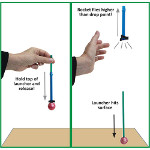
Reaction Rocket 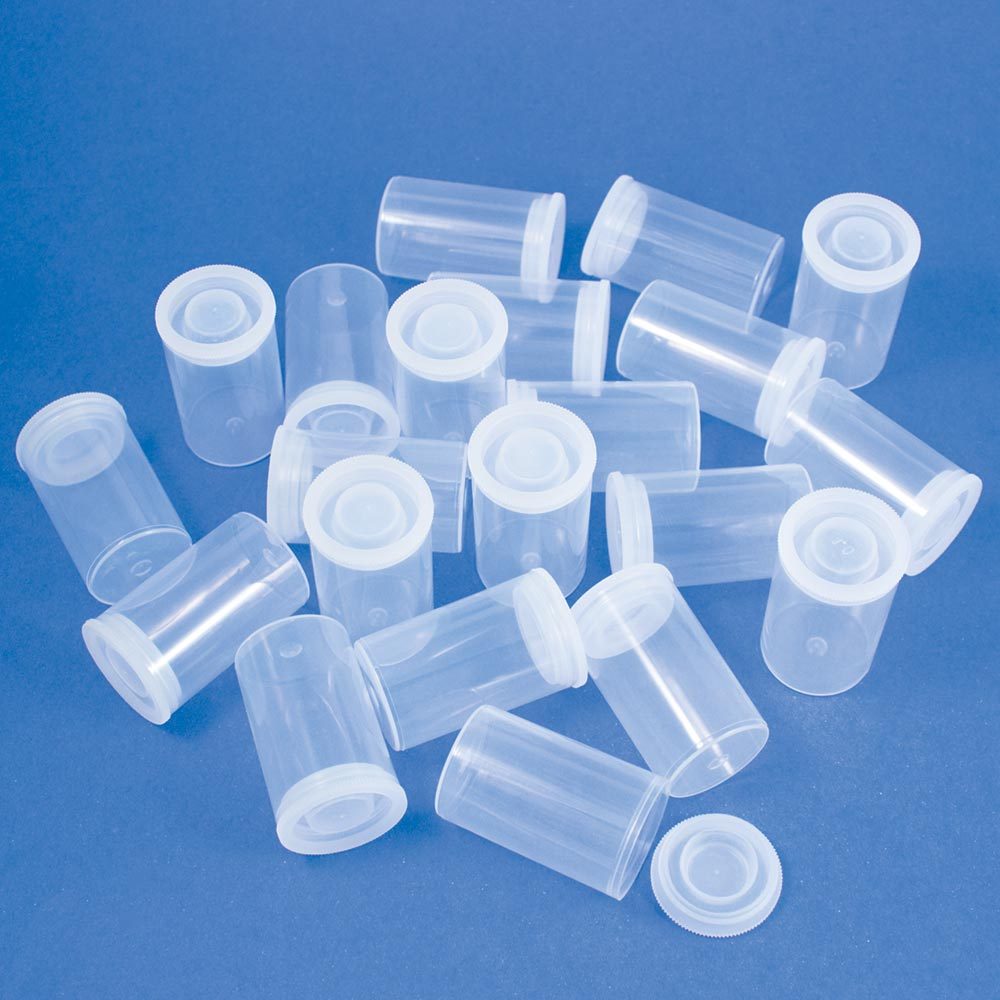
Rocket Film Canisters 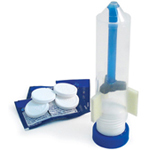
Mighty Seltzer Rocket
Students can move beyond measuring the height of each launch to measuring the amount of liquid they use, the type of liquid (they can try vinegar or another liquid), the fraction of an Alka Seltzer tablet they use, and even the temperature of the water they use. They can try changing up all those different variables to generate the most force that results in the highest launch.
DIY Two-Stage Rockets
Rocket Balloons are a great way to kick off a STEM lesson on force. Using them on their own is already a great science demo. But using them to build two-stage or three-stage rockets is a great way to challenge your students and add a layer of complexity to learning about force. This is a meaty STEM lesson that requires building and modifications.
It is possible to launch two-stage rockets on a fishing line and measure the increased distance a two-stage rocket flies compared to a single balloon rocket. However, it’s easiest to start by heading outside and allowing students to launch their rockets in the air.
You’ll need two rocket balloons (regular elongated balloons work too), a plastic cup, and some tape. The idea is to blow up one balloon, pull the neck through a section of the cup and trap the air inside by blowing up the second balloon inside the cup. This effectively holds the neck of the first balloon along the side of the cup and traps the air inside.
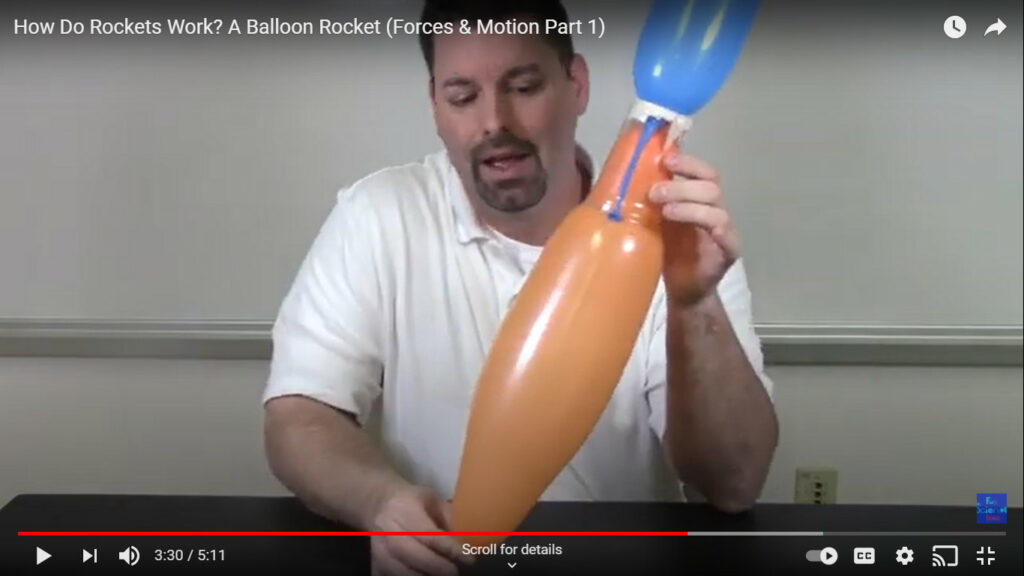
Release the balloon. Your main rocket takes off once the booster rocket is deflated enough to release the main rocket. The booster rocket will fall away and release the second balloon, allowing it to fly longer and farther.
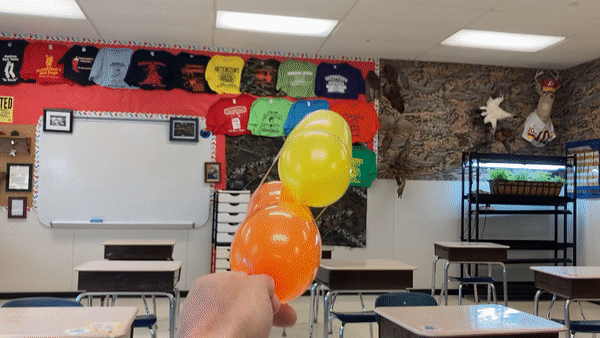
When your students have mastered the two-stage rocket using a plastic cup, they can try using some rubber bands instead of the cup. The rubber band rocket is more challenging, but it allows your students to make more adaptations and modifications. You can attach different balloon boosters to your main rocket using rubber bands. Once they’ve got the build process down, students can even try building a three-stage rocket.
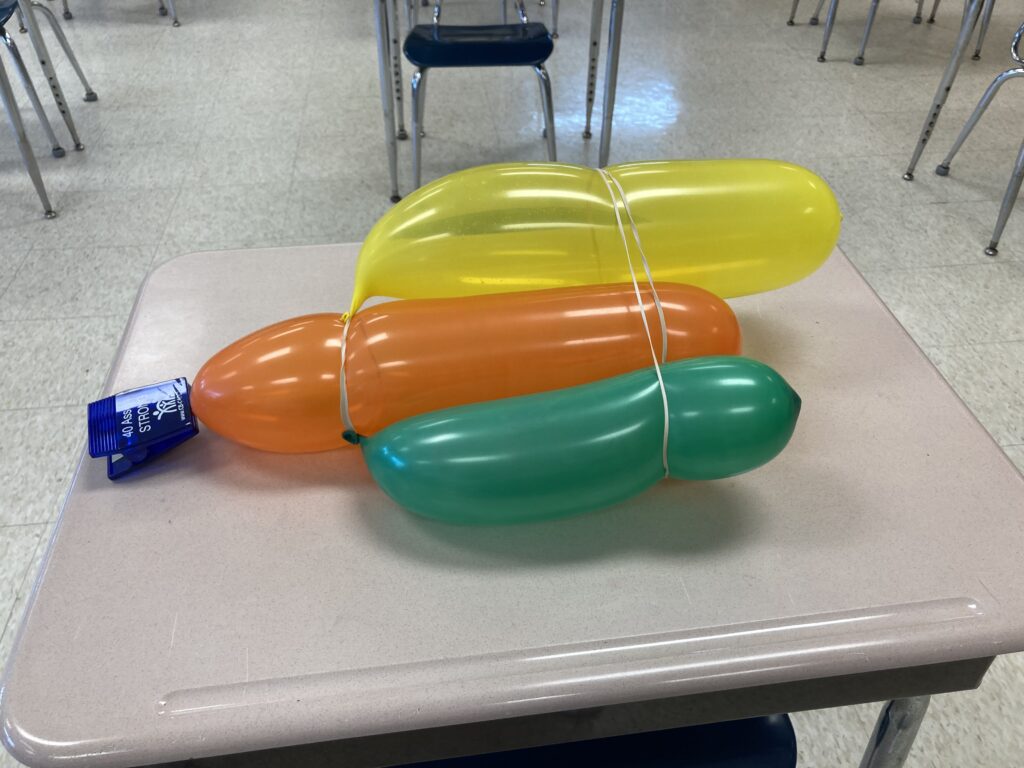
May the Force Be with You!
Forces are all around us. Yoda loves to say, “May the Force be with you.” Well if a force is a push or pull, then the force is always with us. It can be a blast challenging our students to explore it, and Educational Innovations has some awesome tools to help make that happen. Unfortunately, they don’t sell light sabers…

